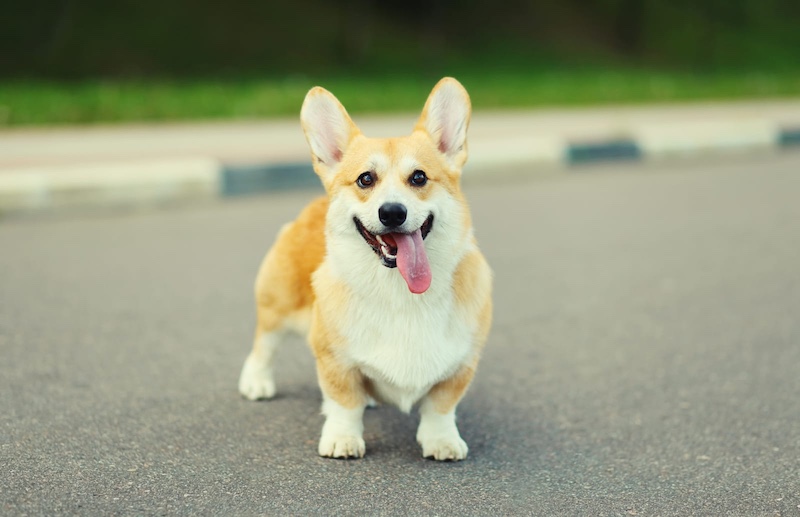Many dogs are natural swimmers, but not all breeds are built for the water. While some dogs glide effortlessly through the waves, others struggle due to their body structure, coat type, or breathing difficulties. If you’re a dog owner who loves the water, it’s essential to know which breeds may have trouble swimming. Here are 10 dog breeds that struggle with swimming and why they find it challenging.
1. Bulldogs
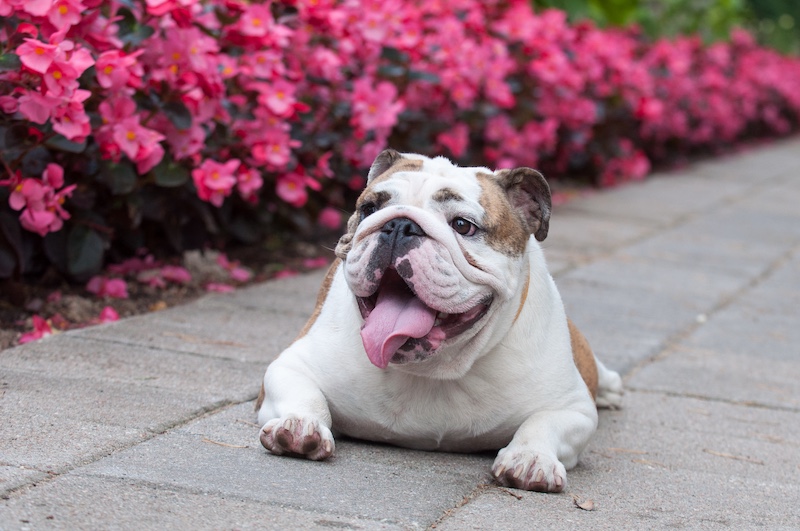
Bulldogs, including English and French Bulldogs, are one of the worst swimmers in the canine world. Their short legs, heavy bodies, and flat faces make it incredibly difficult for them to stay afloat. Due to their brachycephalic (short-nosed) skull shape, they also struggle with breathing, which makes swimming even riskier.
2. Pugs
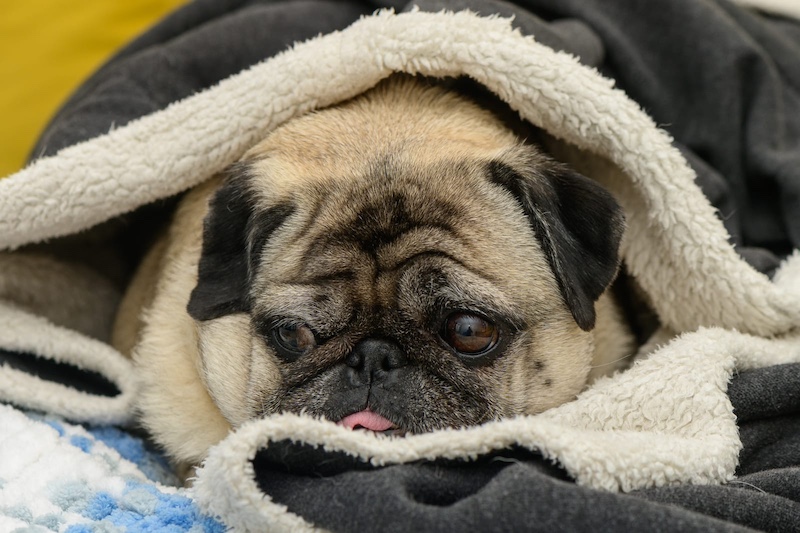
Pugs face similar challenges to Bulldogs. Their compact bodies, short legs, and flat faces make it hard to keep their heads above water. They also tire quickly, increasing the risk of drowning. If your Pug loves water, always use a dog life jacket and supervise closely.
3. Dachshunds
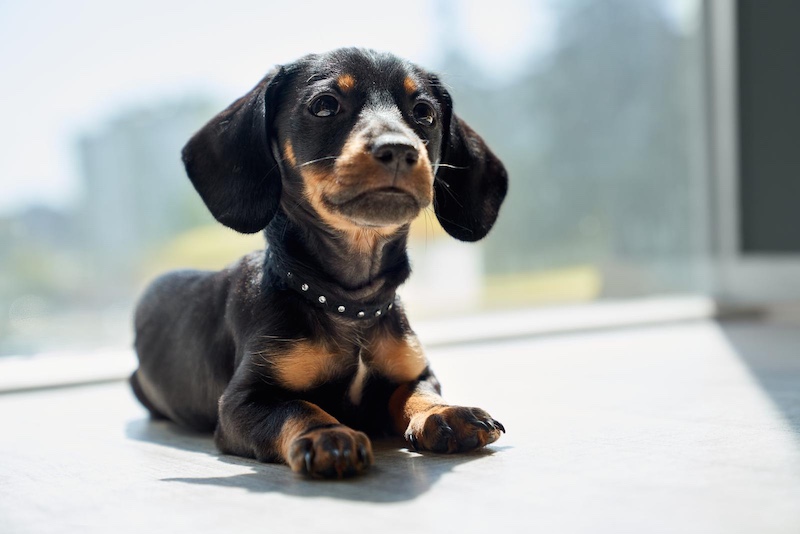
Dachshunds were bred for burrowing, not swimming. Their long bodies and short legs make it difficult to paddle effectively, and their elongated spines put them at risk of injury in the water. While some may enjoy splashing in shallow water, deep swimming can be dangerous for this breed.
4. Basset Hounds

Basset Hounds have dense bodies, short legs, and long ears that can weigh them down in the water. Their heavy bone structure makes them sink more easily than other breeds. While they may enjoy wading, they are not strong swimmers and should always be supervised near water.
5. Boxers
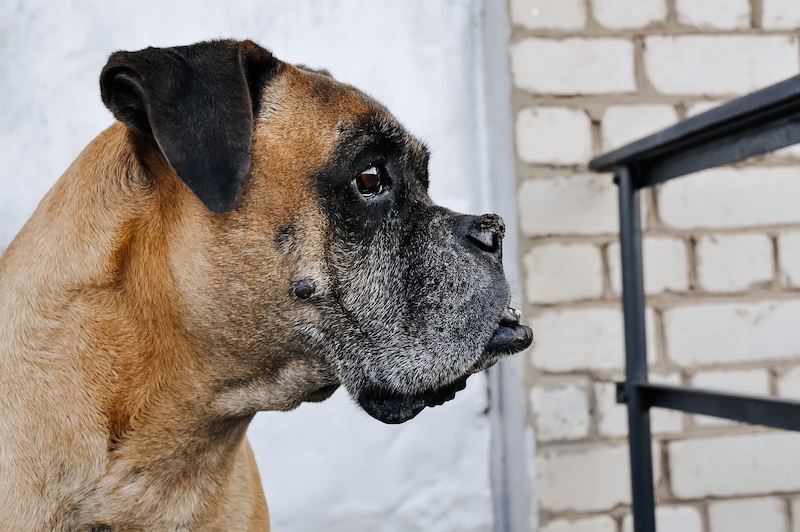
Boxers have strong, muscular builds but are not well-suited for swimming. Their short muzzles make it difficult to breathe while paddling, and they tend to tire quickly. While some Boxers enjoy playing in the water, they need a life vest and close supervision.
6. Shih Tzus
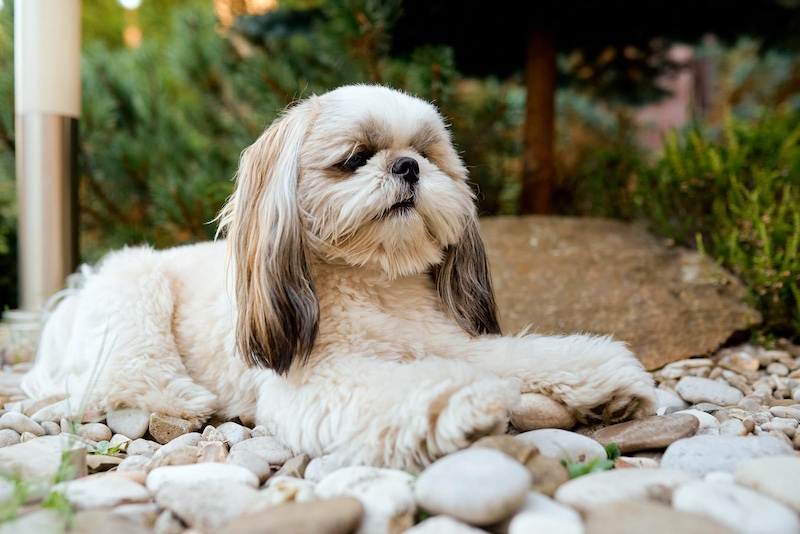
Shih Tzus have long, flowing coats that can become waterlogged, making swimming a struggle. Additionally, their brachycephalic faces make breathing harder while swimming. They may enjoy a shallow splash, but deep water can be hazardous.
7. Chow Chows
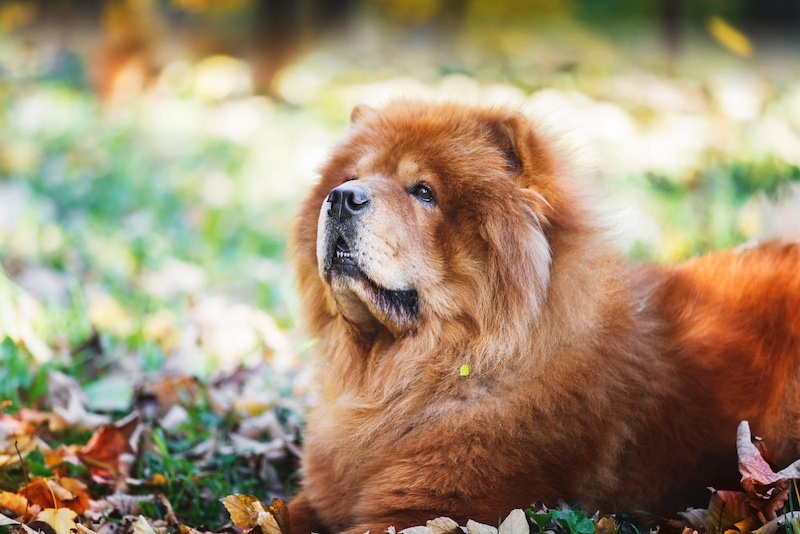
Chow Chows have thick double coats that absorb water, making them heavy and prone to sinking. Their stocky bodies and somewhat stiff movements also make it difficult for them to swim efficiently. If a Chow Chow must be in the water, a flotation device is essential.
8. Corgis
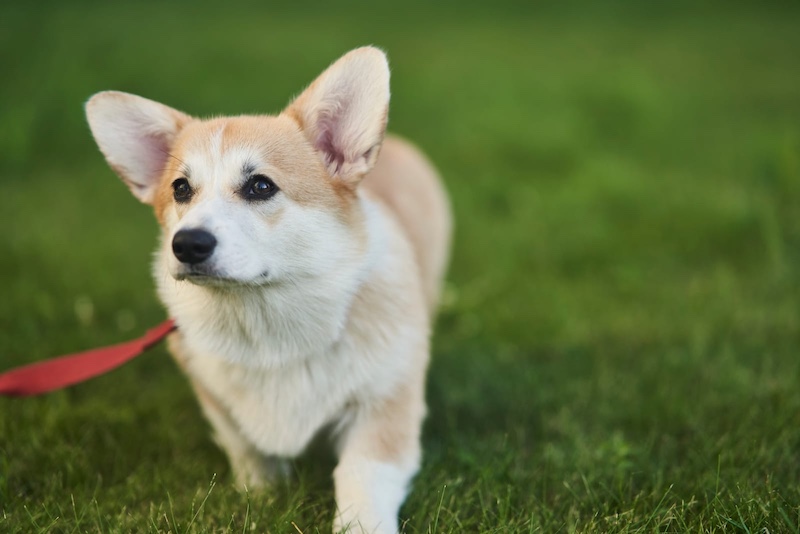
Both Pembroke and Cardigan Welsh Corgis have short legs and long bodies, making swimming more difficult. Their small limbs don’t generate enough propulsion to keep them afloat for long periods. While some Corgis may enjoy paddling in shallow water, they are not built for swimming.
9. Maltese
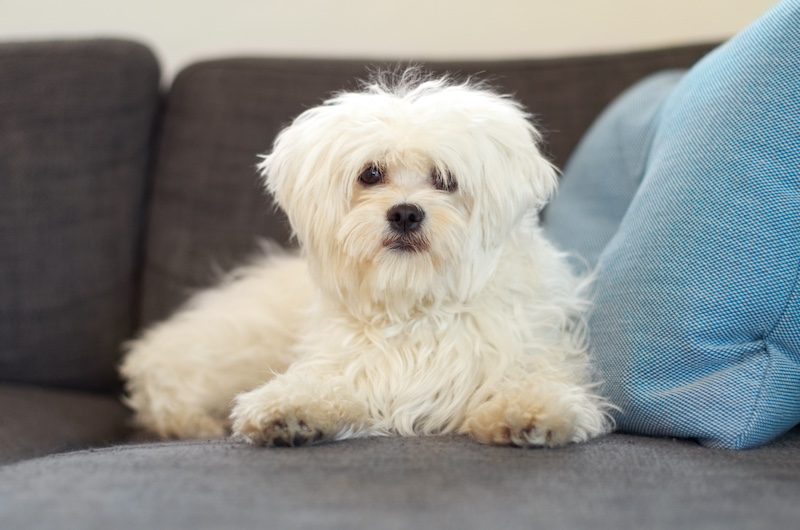
The Maltese is a small dog with a fine-boned frame and long, silky fur that can become heavy when wet. This makes swimming a challenge, as they can tire quickly. They are better suited for brief splashes rather than deep-water swimming.
10. Scottish Terriers
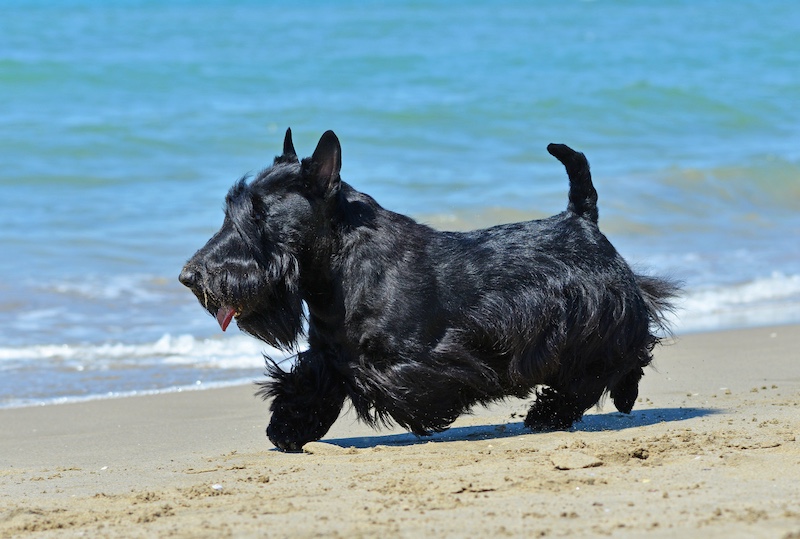
Scottish Terriers, or Scotties, have short legs and a dense, muscular build, making swimming difficult. They are also prone to sinking quickly, as their bodies are not buoyant. If your Scottie is near water, always provide a life jacket and keep a watchful eye. Please Note: This content was created with the assistance of AI and thoroughly edited by a human before publishing.

